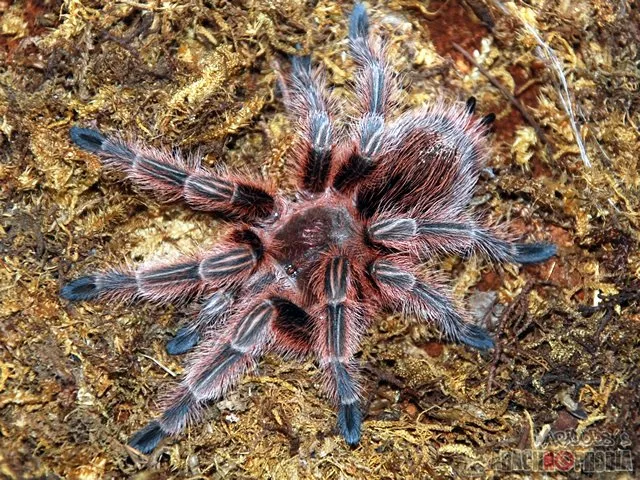What Do Chilean Rose Tarantulas Eat?
Understanding the dietary needs of your Chilean rose tarantula is crucial for its health and longevity. These captivating creatures, native to the deserts of Chile, thrive on a diet primarily consisting of insects. However, a varied diet ensures they receive all the necessary nutrients. As a responsible tarantula owner, you should know what to feed them. This guide provides a comprehensive overview of the best food options, feeding practices, and essential care tips to keep your tarantula thriving.
Crickets
Crickets are a staple food source for Chilean rose tarantulas and are readily available in most pet stores. They are relatively easy to breed, making them a convenient and cost-effective option for regular feeding. Crickets provide a good source of protein and are a natural food source, mimicking the tarantula’s diet in the wild. They are relatively easy to handle and offer an enjoyable hunting experience for your pet. Ensure the crickets are gut-loaded before feeding to provide extra nutrients to your tarantula.
How to Choose the Right Crickets
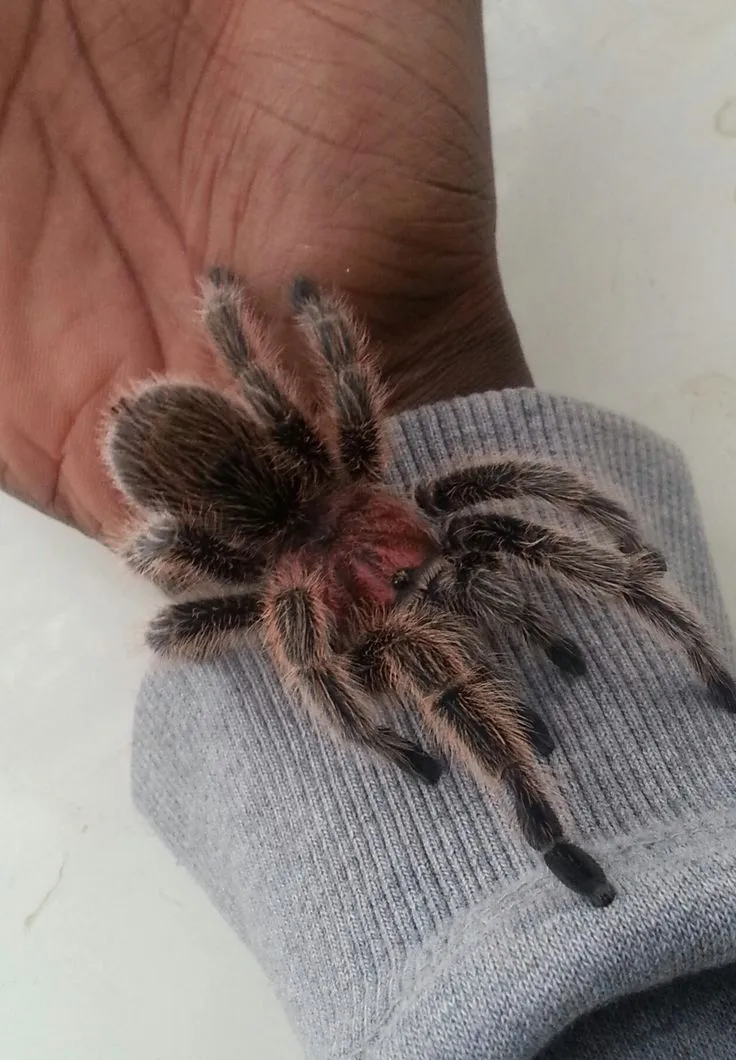
When selecting crickets, opt for live, active ones. The size of the crickets should correspond to the size of your tarantula. A general rule is to offer crickets that are no larger than the tarantula’s body. Smaller crickets are best for spiderlings, while adults can consume larger ones. Always choose crickets from a reputable source to ensure they are free from pesticides or parasites. It’s also a good practice to gut-load the crickets with nutritious food, such as cricket feed, fruits, and vegetables, before feeding them to your tarantula, to increase their nutritional value.
Feeding Frequency for Crickets
Feeding frequency depends on the tarantula’s age and size. Spiderlings and juvenile tarantulas typically require feeding every other day or every three days. Adult Chilean rose tarantulas can be fed once or twice a week. Adjust the frequency based on your tarantula’s appetite and body condition. If your tarantula is consistently refusing food, it might be preparing to molt. Remove any uneaten crickets within 24 hours to prevent them from stressing or harming your tarantula.
Mealworms
Mealworms are another popular food choice for Chilean rose tarantulas. They are readily available, easy to store, and can be a convenient alternative or supplement to crickets. Mealworms are the larval stage of the darkling beetle and are a good source of protein and fat. While they are nutritious, they are often higher in fat compared to crickets, so they should be offered in moderation. Remember to research thoroughly before introducing mealworms to your pet’s diet.
Nutritional Benefits of Mealworms
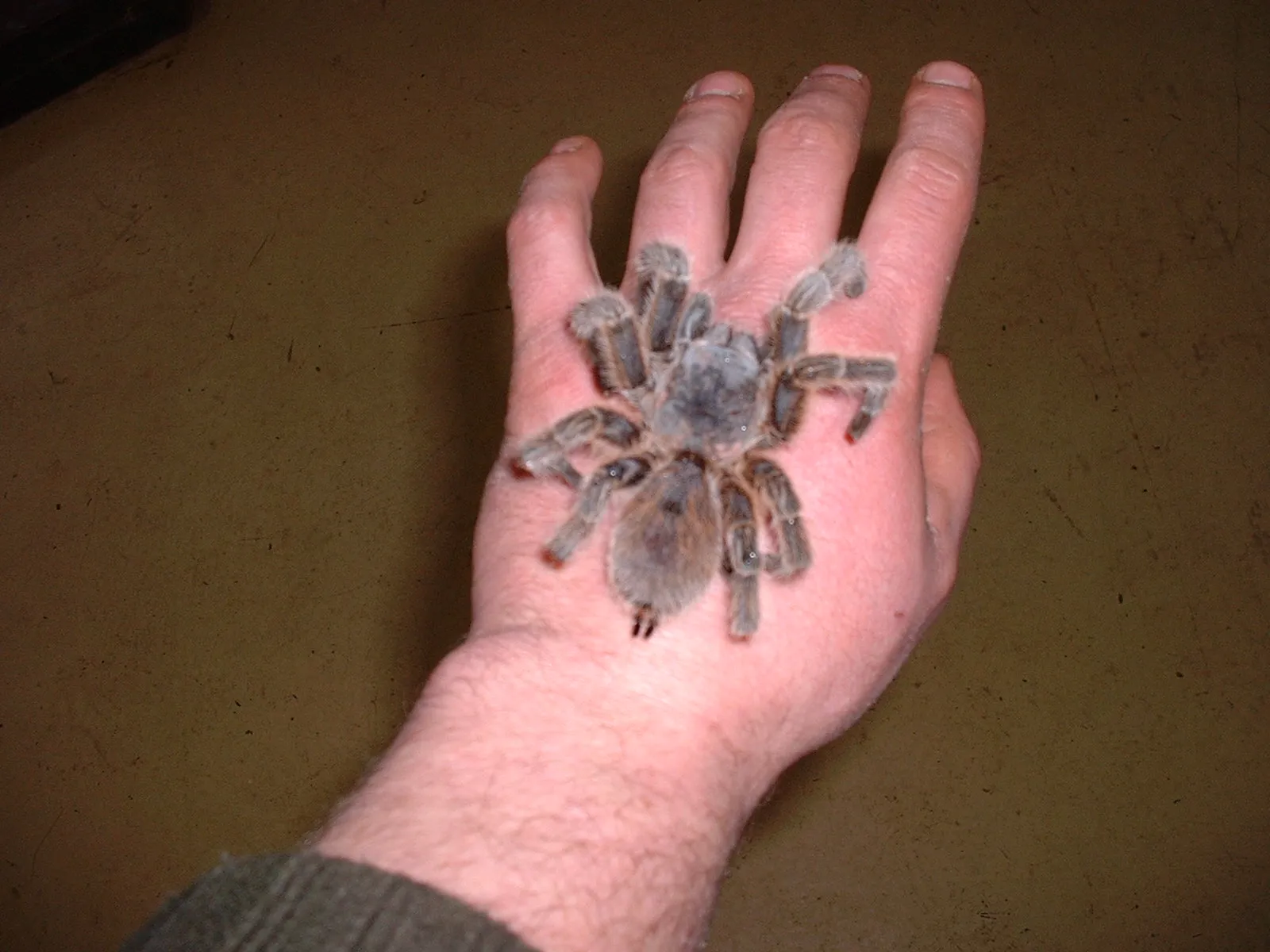
Mealworms offer a decent nutritional profile, providing protein and fats that are essential for your tarantula’s growth and overall health. However, they have a relatively high-fat content compared to crickets. Therefore, they should be offered as part of a varied diet, rather than the sole food source. Supplementing with other insects and foods, such as roaches and gut-loaded crickets, is essential to balance the nutritional intake of your tarantula. This will ensure it receives a full range of nutrients.
Mealworm Size Guide
Similar to crickets, the size of the mealworms should be proportional to your tarantula’s size. Smaller spiderlings should be offered smaller mealworms, while larger tarantulas can consume larger ones. Always supervise the feeding process, especially with juvenile tarantulas, to ensure they can handle the size of the mealworm. If a mealworm is too large, it could stress the tarantula or become difficult to handle. Remove uneaten mealworms after 24 hours.
Roaches
Roaches, such as dubia roaches, are an excellent food option for Chilean rose tarantulas. They offer a higher protein content and are generally less prone to parasites than crickets. Roaches are also easier to keep and breed than crickets, providing a sustainable food source. Dubia roaches are particularly favored because they are slow-moving, making them easier for tarantulas to catch, and they do not climb smooth surfaces, reducing the chance of escape from the enclosure. They are an excellent choice for a healthy diet.
Roach Varieties Suitable for Tarantulas
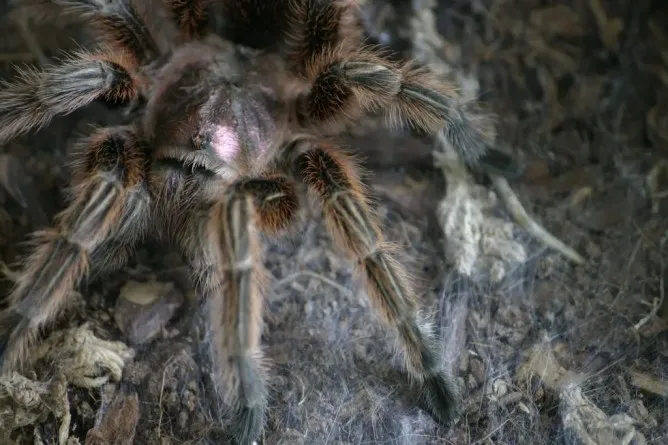
Dubia roaches are the most commonly recommended and suitable roach variety for tarantulas due to their high nutritional value and ease of handling. Other species like the discoid roach are also acceptable, though availability might vary. Always avoid wild-caught roaches, as they may carry diseases or parasites that could harm your tarantula. Research the different types of roaches and their respective nutritional profiles to make informed decisions about your tarantula’s diet. It is always better to be safe than sorry.
Roach Colony Care
If you choose to breed roaches for your tarantula, set up a separate colony. This involves providing a suitable enclosure with a substrate like coconut fiber, a heat source, and food and water sources. Roaches thrive on a diet of fruits, vegetables, and commercial roach food. Maintaining a clean and well-ventilated environment is crucial for the colony’s health. Properly caring for your roach colony ensures a consistent and healthy food supply for your Chilean rose tarantula. Doing this also helps make sure your pet is getting the right nutrients.
Other Food Options
While crickets, mealworms, and roaches are staples, you can offer other food options to diversify your tarantula’s diet. Variety is key to ensuring your tarantula receives a wide range of nutrients. Occasional treats can also provide enrichment. Remember to research any new food source to ensure it’s safe and nutritious for your tarantula.
Waxworms
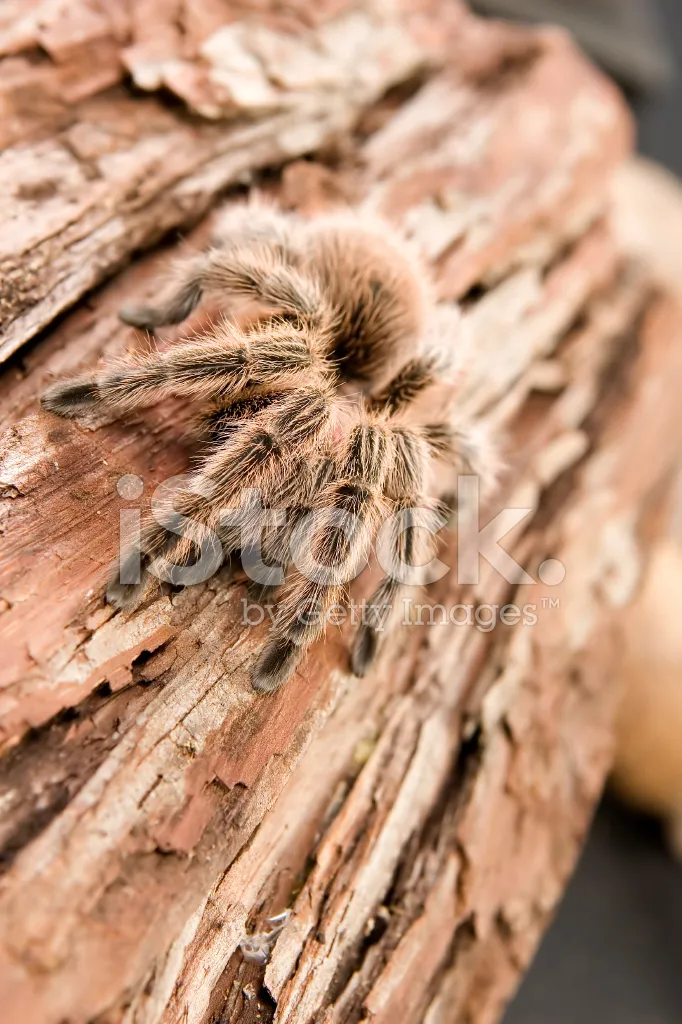
Waxworms can be offered as a treat, but should not be a regular part of the diet. They are high in fat and low in protein. Excessive consumption of waxworms can lead to health issues. Offer them only occasionally, as a supplement to the main diet. Always monitor your tarantula’s body condition to ensure it’s not becoming overweight. When used correctly, waxworms can give your pet a boost of energy.
Waxworm Nutritional Information
Waxworms have a high-fat content compared to other insects. While they do contain some protein, the fat content means that they should be offered as a treat rather than a primary food source. Too many waxworms can lead to obesity and other health complications in your tarantula. Make sure to use them wisely for optimum performance of your Chilean rose tarantula. It’s important to note that they are not a complete food source and should be supplemented with other insect types.
Pinkie Mice
Pinkie mice (newborn mice) can be offered to adult Chilean rose tarantulas as an occasional treat. They provide a significant amount of protein and can be beneficial. However, they are high in fat and should be offered sparingly. Overfeeding with pinkie mice can lead to obesity. They are typically used as a supplement or treat. Some tarantula keepers do not use this due to ethical concerns, so always consider your comfort levels.
Pinkie Mouse Feeding Precautions
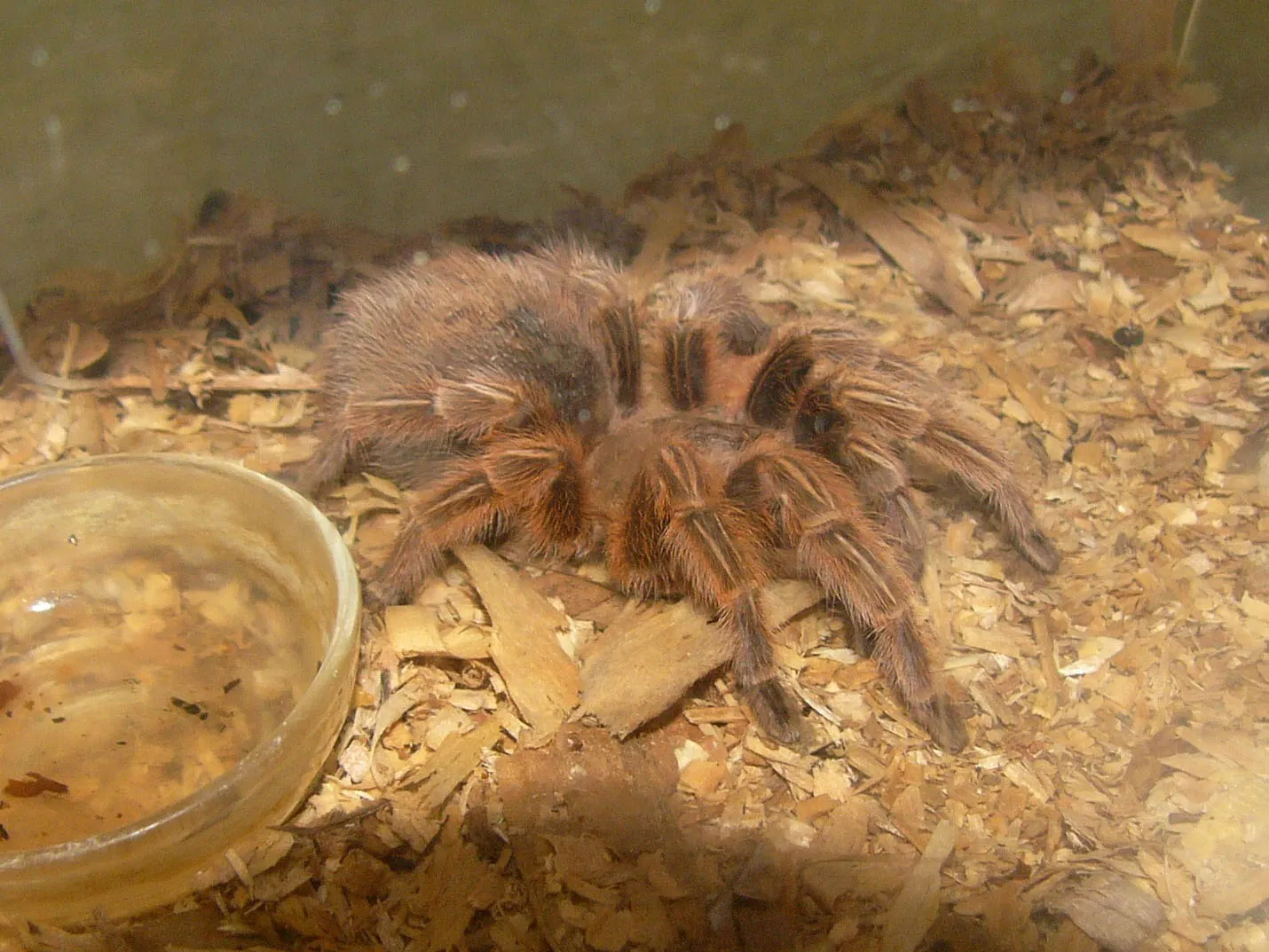
When offering pinkie mice, use pre-killed mice to avoid injury to your tarantula. Live pinkies can bite and injure your tarantula. Ensure the pinkie mouse is of appropriate size and that your tarantula can handle it. Monitor your tarantula after feeding. It’s crucial to consider the ethical implications of feeding pinkie mice. This feeding practice is not for everyone. If you are not comfortable with this, you can offer other options.
Pre-killed vs. Live Feeding
Deciding between pre-killed and live feeding is a crucial aspect of tarantula care, influencing both safety and the tarantula’s behavior. Both methods have pros and cons that need to be carefully considered. The choice often depends on your comfort level and the tarantula’s individual needs. It’s important to prioritize the safety of both the tarantula and yourself.
Pros and Cons of Live Feeding
Live feeding offers the tarantula the natural hunting experience. The tarantula is able to use their natural instincts. This can be stimulating. However, there are risks involved, as live prey can potentially injure your tarantula. Live crickets or other insects can bite the tarantula, particularly during molting, making them vulnerable. Always supervise the feeding process. Remove uneaten prey promptly to prevent injury. This method allows your tarantula to use its hunting skills.
Pros and Cons of Pre-killed Feeding
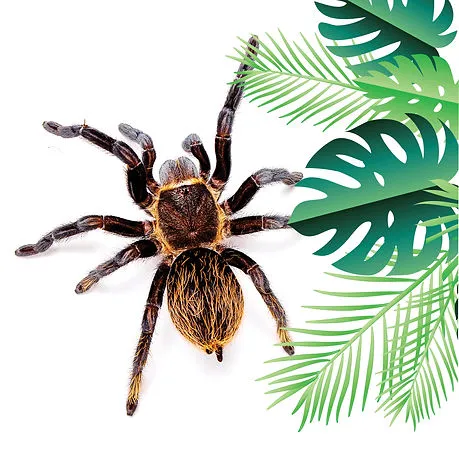
Pre-killed feeding eliminates the risk of injury from live prey. It’s a safer option, especially for beginner tarantula keepers. Pre-killed insects are easier to handle, and the tarantula still gets the necessary nutrients. The downside is that it may not provide the same level of enrichment as live feeding. Some tarantulas may be less responsive to pre-killed prey. However, it’s the safest way to make sure your pet is healthy. Also, it is often easier to handle and can reduce potential risks.
Water and Hydration
Providing fresh water is essential for your Chilean rose tarantula. Adequate hydration is crucial for the tarantula’s overall health and is particularly important during molting. Always ensure your tarantula has access to clean water and the proper setup.
Importance of Fresh Water
Water is essential for all bodily functions, including molting, and regulating body temperature. Dehydration can lead to serious health issues. Always provide a shallow water dish filled with clean water. Check the water dish daily and refill it when necessary. Using dechlorinated water is very important. The tarantula drinks from the water dish and utilizes it to aid the molting process. Make sure to always have clean water.
Watering Methods for Tarantulas
A shallow water dish is the primary method. Provide a dish that is easily accessible and prevents the tarantula from drowning. For spiderlings, a bottle cap can suffice. Another method is misting the enclosure with dechlorinated water, especially during molting. Misting helps to maintain humidity. Avoid over-misting. Also, ensure the enclosure has adequate ventilation to prevent mold growth. Make sure the water is fresh.
Feeding Schedule and Tips
Establishing a regular feeding schedule and following some key tips can greatly contribute to your Chilean rose tarantula’s well-being. Adjusting the feeding frequency based on the tarantula’s age, behavior, and body condition is crucial. Knowing when and how much to feed ensures your pet remains healthy and happy.
Feeding Schedule Based on Age
Spiderlings and juvenile tarantulas require more frequent feedings, typically every 2–4 days. As they mature, the feeding frequency can be reduced. Adult Chilean rose tarantulas often need feeding only once or twice a week. It’s important to monitor your tarantula’s body condition. A well-fed tarantula will have a plump abdomen. If the abdomen appears shrunken, increase the feeding frequency. Adapt the schedule based on the stage of life.
Recognizing a Tarantula’s Hunger
A hungry tarantula will usually readily accept food. It will actively pursue prey and exhibit a strong feeding response. A tarantula preparing to molt may refuse food for weeks or even months. Observe your tarantula’s behavior. If it is not eating and appears lethargic, it may be preparing to molt. Always remove uneaten food within 24 hours to prevent stress or injury to your pet. The tarantula’s hunger also is very important for their growth.
How Much to Feed Your Tarantula
Offer food based on the size of your tarantula. The general rule is to provide prey that is no larger than the tarantula’s body size. Start with one or two appropriately sized insects and observe if the tarantula eats them. Avoid overfeeding. A tarantula should not have a constantly distended abdomen, as this can lead to health problems. Adjust the amount based on your tarantula’s appetite and body condition. Remove uneaten food after 24 hours to prevent it from causing stress or harm to your pet.
Conclusion
Feeding your Chilean rose tarantula properly is a fundamental aspect of responsible pet ownership. By providing a varied and nutritious diet, along with access to fresh water, you can ensure that your tarantula thrives in captivity. Remember to observe your tarantula’s behavior, adjust the feeding schedule as needed, and always prioritize its health and well-being. With the right care and attention, your Chilean rose tarantula can live a long and fulfilling life, captivating you with its beauty and unique behaviors. Enjoy the fascinating world of tarantula keeping!
